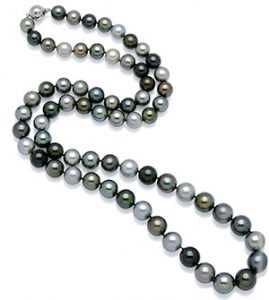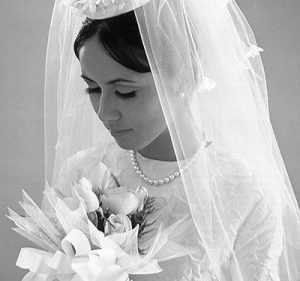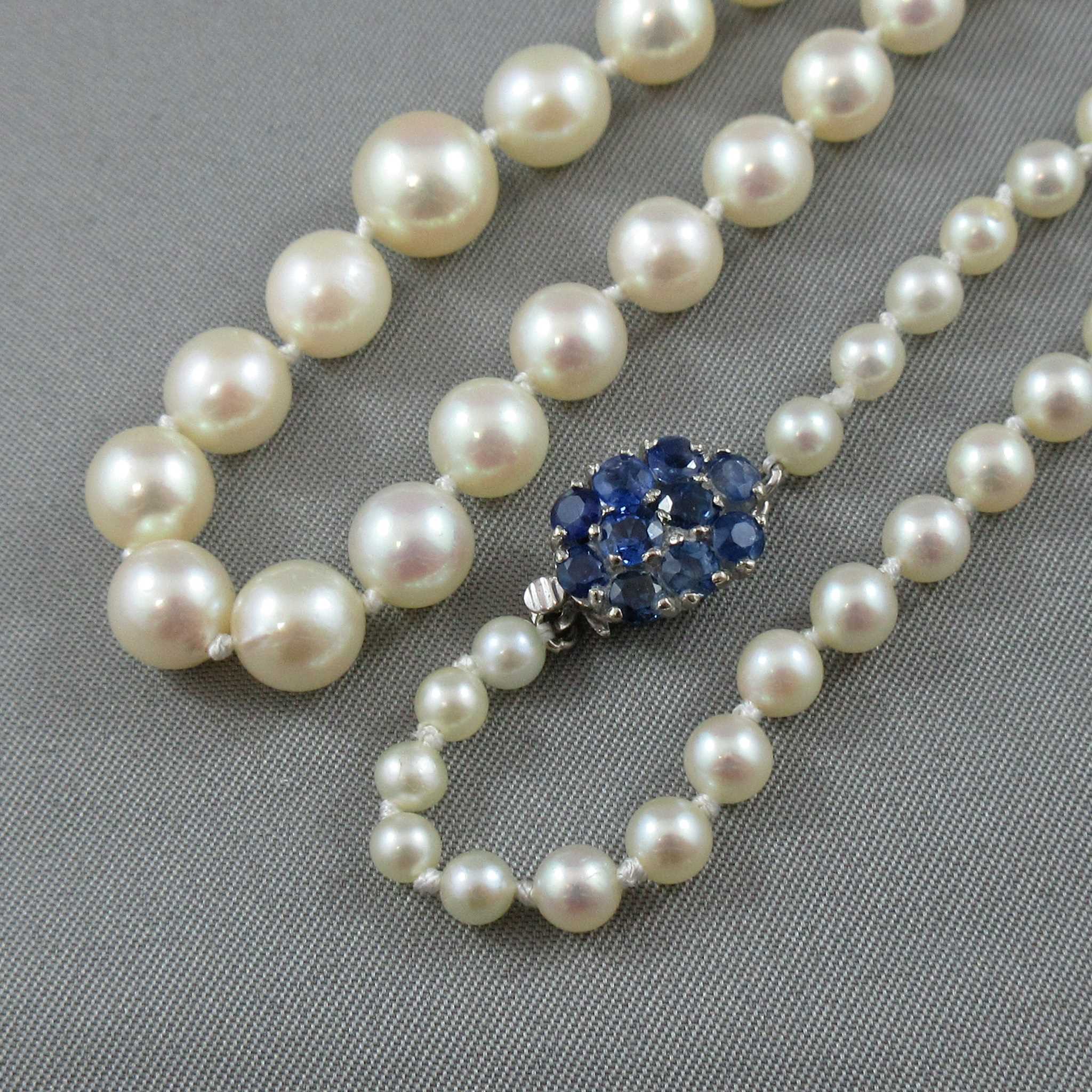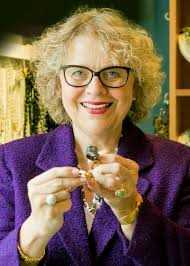What is a cultured pearl?
It is a pearl whose formation has been caused by man. In salt water, an incision is made in the flesh of the oyster and then introduced a single core of mother of pearl accompanied by a piece of epithelial tissue. In freshwater, several pieces of epithelial tissue are deposited on the flesh of the mussel. Regardless of the type of mollusc, it secretes a material composed of aragonite and chonchyelin that deposits in concentric layers to create a pearl.
 Apart from the budget, what determines the choice of a pearl?
Apart from the budget, what determines the choice of a pearl?
Chandelier is the most important element of evaluation. Gloss is the result of the reflection of light on the surface of the pearl. The lustrous the pearl, the more expensive it is.
The size. The larger the diameter, the higher the value, considering the same luster, the same color and the same surface.
The basic color is white. Depending on the type of secretory mollusk, the water environment and sometimes even thanks to clever crosses, we find on the market more and more varied colors: rosé, beige, pistachio, black, etc. In general, pale complexions are enhanced by rosé pearls and tanned complexions enjoy cream tones.
Ideally, the surface of the bead should be smooth and unblemished. Most saltwater pearls, however, have small typical marks that indicate their authenticity. So do not be too formal! A “sting” is a defect only if the luster of the pearl is affected.
The round shape, regular-looking shape remains a classic choice, always soft in the face of the one who reaches middle age …

Several varieties exist on the market. In salt water, we produce oriental pearls (Japan, China), as well as pearls of the South Seas (Tahiti, Australia, Philippines).
In freshwater, Chinese pearls, manufactured and processed in industrial quantities, are more and more round and less and less expensive! Indeed, the freshwater pearl often undergoes treatments … We increase the luster (non-permanent recovery), we improve the color (dyeing, irradiation), we modify the quality of the surface or even the shape (mechanical process).
Through the decades, the pearl of quality remains a timeless.
Some not so distant traditions…
Mainly in the English-speaking world, at the birth of a girl, the godmother offered a necklace called “Add a pearl”. First 3 or 5 beads mounted on gold wire. Every birthday, we added some pearls. The goal, get a necklace at 18 years old.
At the wedding, the groom (who could afford it!) Offered a necklace of pearls to his sweetheart. Remember wedding photos!
Even today, the 30th wedding anniversary is called the Pearl Wedding. Perfect opportunity to offer a jewel decorated with pearls …
Do you know ?
During a succession, even today, the necklace of pearls (even if it is imitation!) Of a mother or grandmother represents a patrimonial jewel greatly appreciated.

